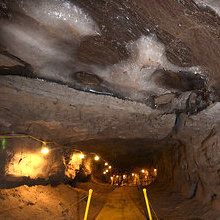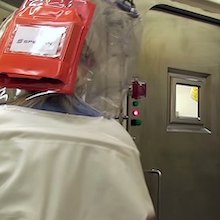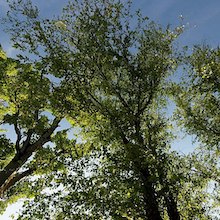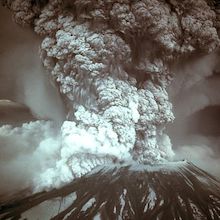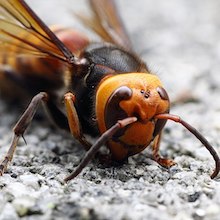#NSWASCIWIRE
Recent work by our members#nswasciwire highlights the published writing of NSWA members each month. Would you like to see your writing featured? Please suggest an item online or send a link or PDF file to Susan Keown at sciencewire@nwscience.org. The NSWA Board of Directors determines what material to present. We look forward to highlighting your work.
Ostrander: Tunnel Vision
What’s a permafrost tunnel? To find out, follow Madeline Ostrander as she enters one of only two in the world. Madeline (@madelinevo) reports for Undark from the underground science lab dug into frozen earth, just north of Fairbanks, Alaska. In some places, the tunnel...
Eaves: New Pathogens, More Labs
For the New Yorker, Elizabeth Eaves reports on a risky decision: relocating a major high-containment government biosafety lab from an isolated island to the middle of Kansas. We’re building more labs to study new pathogens, writes Elisabeth in the piece produced with...
Yan: Superpoplars
For the New York Times, Wudan Yan reports on an unusual way to clean up a Superfund site contaminated with carcinogens: Phytoremediation with microbiome-boosted trees. Wudan (@wudanyan) talks with a University of Washington plant microbiologist who discovered the set...
Olson: Pandemic Parallels
Steve Olson knows a thing or two about volcanoes. He wrote Eruption: The Untold Story of Mount St. Helens, the Washington State Book Award winner for Non-Fiction in 2017. On the 40th anniversary of the mountain’s eruption, Steve wrote an opinion piece for the Seattle...
Embry: Homicidal Hornets
Murder hornets are indeed deadly, confirms Paige Embry in Scientific American. Stings from the Asian giant hornet can kill humans, Paige writes, but a major worry is the threat to our already fragile bee populations. Learn about how crucial North American bees are to...

